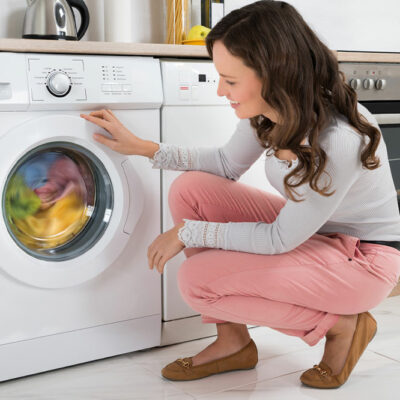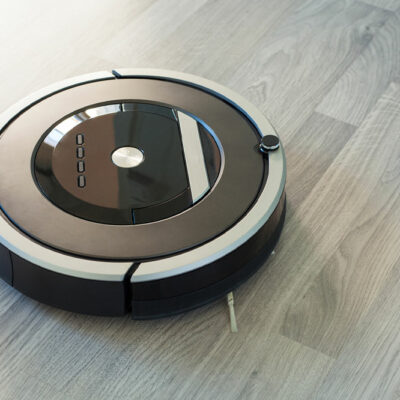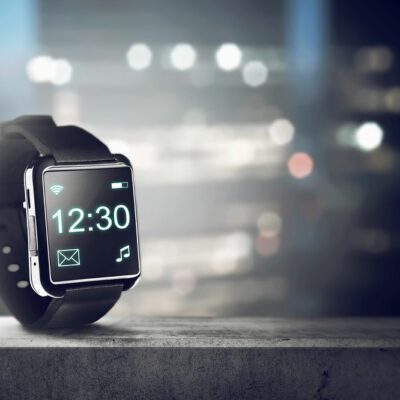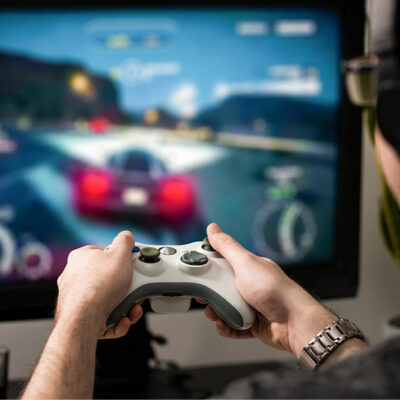
Top 10 best Black Friday washers and dryers deals to expect in 2022
If you are upgrading your laundry area, the Black Friday sale period is the best time to get hold of new electrical appliances. This is because there is a variety of deals offered by retailers during this period on everything from washers to dryers to a combination of both. Here are some of the best deals you can avail yourself of to boost your laundry room and make this unbearable chore a breeze. Samsung WF45R6100AP 4.5 cu. ft. Front Load Washing Machine This highly-efficient washing machine provides deep cleaning as it releases steam for efficiently cleaning garments. Its features include quiet washing, 10 preset washing cycles, 5 temperature controls, and more. It is expected to be offered at a discount of more than $300 during the Black Friday sale. GE GFQ14ESSNWW 2.4 cu. ft. Ventless Electric All-in-One Washer Dryer Combo This washer and dryer combo has 14 wash cycles and comes with a stainless steel washing basket. The machine has an internal water heater to increase the wash temperature and sanitize all kinds of clothing. It also doesn’t need a vent to dry the clothes. The product is expected to be available at a discount of more than $300. Equator Laundry Center This stackable front-load machine has a contemporary and compact design and has a silent operation.
Read Article 









